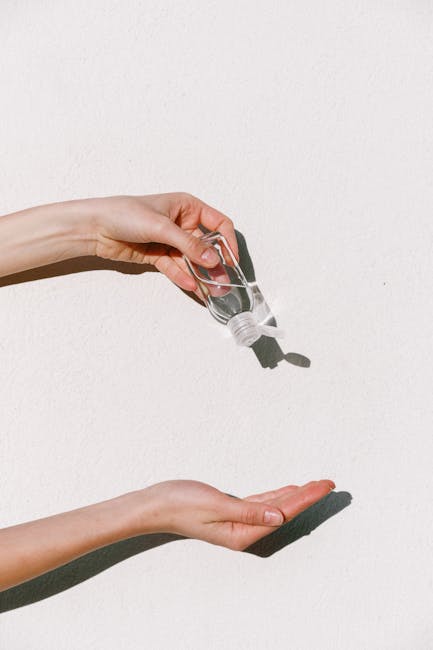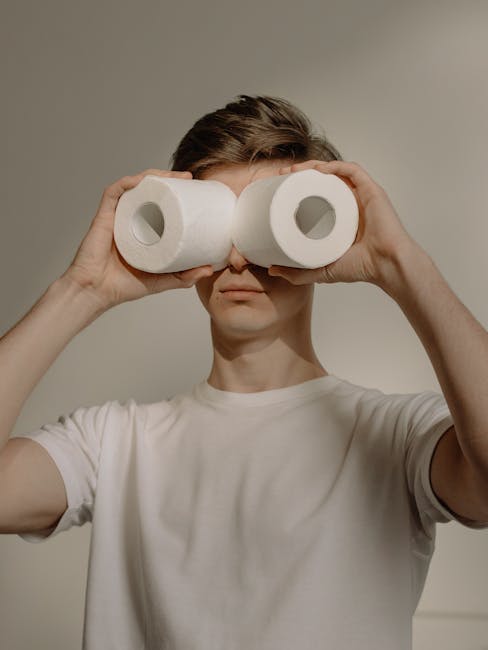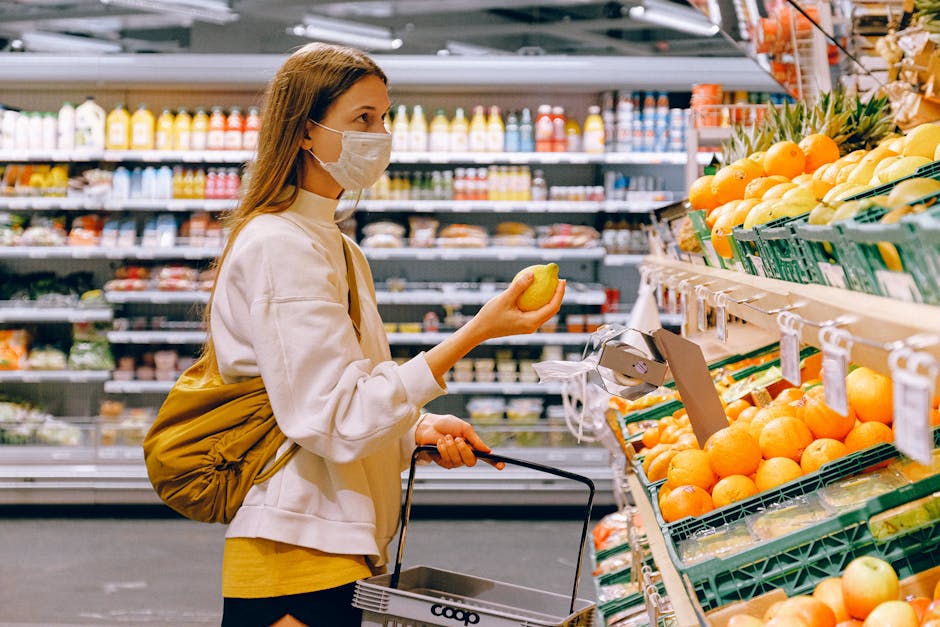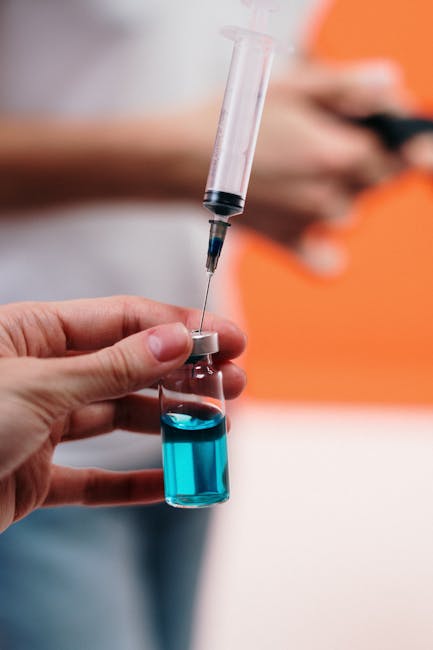Sun exposure is a double-edged sword. While it’s essential for vitamin D synthesis, too much can lead to harmful effects like skin cancer and premature aging. Understanding the importance of safe sun exposure is crucial for maintaining healthy skin and overall well-being. Let’s delve into why practicing sun safety should be a part of your daily routine.
Key Takeaways
- The importance of practicing safe sun exposure
- Understanding the harmful effects of UV radiation
- Strategies for protecting your skin
- The role of sunscreens in sun safety
- Implementing sun safety in specific groups
- Staying informed about sun safety
- Special considerations for sun safety
- Raising awareness through campaigns and events
Importance of Practicing Safe Sun Exposure
Prevention of Skin Cancer
High rates of skin cancer in countries like Australia
Skin cancer is a major health concern worldwide, with countries like Australia reporting some of the highest rates. This is largely due to the country’s high UV index and the population’s outdoor lifestyle.
Skin cancer is almost entirely preventable with proper sun protection
The good news is that skin cancer is almost entirely preventable with proper sun protection. By practicing safe sun exposure, you can significantly reduce your risk of developing this disease.
Reduction of Sunburn Risk
Sunburn is not just painful but also harmful to your skin. It’s a clear sign that your skin has been damaged by the sun’s UV rays. Regular sunburns, especially in childhood, can increase the risk of skin cancer later in life.
Prevention of Premature Skin Aging
Did you know that the sun’s UV rays are responsible for about 80% of visible facial aging signs, including wrinkles and age spots? By protecting your skin from the sun, you can maintain a youthful appearance for longer.

Understanding the Harmful Effects of UV Radiation
Causes of Skin Cancer
UV radiation from the sun is the primary cause of skin cancer. It can damage the DNA in your skin cells, leading to mutations that can result in cancer.
Early Skin Aging
UV radiation can also cause premature skin aging, also known as photoaging. This includes wrinkles, age spots, and a leathery texture.
Damage to the Eyes
The sun’s UV rays can harm your eyes as well. Long-term exposure can lead to conditions like cataracts and macular degeneration.

Strategies for Protecting Your Skin
Seeking Shade
One of the simplest ways to protect your skin from the sun is by seeking shade, especially during the peak UV hours between 10 a.m. and 4 p.m.
Wearing Protective Clothing
Hats
A wide-brimmed hat can provide good sun protection for your face, head, and neck.
Sunglasses
Sunglasses are essential for protecting your eyes from UV radiation. Look for ones that block 100% of both UVA and UVB rays.
Applying Sunscreen
Importance of Broad-Spectrum Protection
A broad-spectrum sunscreen can protect you from both UVA and UVB rays. UVA rays can prematurely age your skin, while UVB rays can burn it.
Reading Labels Effectively
When choosing a sunscreen, it’s important to read the label. Look for a sunscreen that is broad-spectrum, has an SPF of 30 or higher, and is water-resistant.

The Role of Sunscreens in Sun Safety
Protecting the Skin from UV Radiation
Sunscreens work by absorbing, reflecting, or scattering the sun’s rays. This helps to protect your skin from the harmful effects of UV radiation.
Choosing and Using Sunscreens Effectively
Understanding SPF
SPF stands for Sun Protection Factor. It measures the amount of UVB radiation protection a sunscreen provides. However, no sunscreen can block 100% of the sun’s rays.
Reapplication for Continuous Protection
It’s important to reapply sunscreen every two hours, or immediately after swimming or sweating, for continuous protection.

Implementing Sun Safety in Specific Groups
Schools
Creating Sun-Protective Environments
Schools can play a key role in promoting sun safety by creating sun-protective environments. This can include providing shaded areas and incorporating sun safety into the curriculum.
Providing Sun Safety Information
Schools can also provide sun safety information to students and parents, encouraging them to practice safe sun exposure.
Employers
Encouraging Sun Protection Among Employees
Employers, particularly those in outdoor industries, can encourage sun protection among employees by providing sunscreen and protective clothing.
Implementing Protective Measures in Work Environments
Employers can also implement protective measures in work environments, such as scheduling outdoor work outside of peak UV hours.

Staying Informed About Sun Safety
Importance of Following Latest Recommendations
Protection on Cloudy Days
It’s important to protect your skin even on cloudy days, as up to 80% of the sun’s UV rays can pass through clouds.
Sun Safety Across All Seasons
Sun safety is important all year round, not just in summer. Snow, sand, and water can reflect the sun’s rays and increase the risk of sunburn.
Trusting Reputable Sources for Sun Safety Advice
U.S. Food and Drug Administration (FDA) Guidelines
For reliable sun safety advice, you can trust reputable sources like the U.S. Food and Drug Administration (FDA). They provide guidelines on sun protection, including the use of sunscreens.

Special Considerations for Sun Safety
Protecting the Eyes with Sunglasses
Importance of Blocking UV Rays
As mentioned earlier, it’s important to protect your eyes from the sun’s UV rays. Sunglasses that block 100% of both UVA and UVB rays can provide this protection.
Regular Skin Checks for Signs of Cancer
Understanding Risk Factors
Regular skin checks can help detect signs of skin cancer early. It’s important to understand your risk factors, such as having fair skin, a history of sunburns, or a family history of skin cancer.
Consulting Healthcare Professionals When Necessary
If you notice any changes in your skin, it’s important to consult a healthcare professional. They can assess your skin and provide appropriate advice or treatment.
Raising Awareness Through Campaigns and Events
Be SunSmart Campaign
Campaigns like Be SunSmart aim to raise awareness about the importance of sun safety. They provide information on how to protect your skin from the sun and the risks of not doing so.
Educating the Public on UV Radiation Protection
Enhancing Community Knowledge
Educational campaigns can enhance community knowledge about UV radiation and its harmful effects. They can also promote sun safety practices, such as wearing sunscreen and seeking shade.
Promoting Sun Safety Practices
By promoting sun safety practices, these campaigns can help reduce the incidence of skin cancer and other sun-related health issues.

In conclusion, practicing safe sun exposure is crucial for preventing skin cancer, reducing the risk of sunburn, and preventing premature skin aging. By understanding the harmful effects of UV radiation and implementing strategies for skin protection, you can enjoy the sun safely. Remember to stay informed about sun safety and to consult reputable sources for advice. Let’s all be SunSmart and protect our skin for a healthier future.
For more information on the importance of sun safety, check out these articles on the significance of wearing sunscreen and how getting enough sunlight affects our vitamin D levels. And don’t forget the importance of regular health check-ups and screenings in detecting skin cancer early.
Remember, your skin is your body’s largest organ. Protect it like you would any other part of your body. After all, self-care is not just about pampering yourself, but also about taking care of your health.
Stay safe in the sun!
(source: CDC, FDA, Hopkins Medicine)
Basking Safely: Your Sun Exposure FAQ Guide
Why is it important to practice safe sun exposure?
Practicing safe sun exposure is crucial to protect your skin from harmful ultraviolet (UV) rays, which can lead to skin damage, premature aging, and increase the risk of skin cancer. Safe sun practices, such as using sunscreen and wearing protective clothing, can help you enjoy the sun while minimizing these risks.
What are UV rays and why are they harmful?
UV rays, or ultraviolet rays, are a form of electromagnetic radiation from the sun. There are two main types that reach the Earth’s surface: UVA and UVB. UVA rays can prematurely age your skin, causing wrinkles and age spots, while UVB rays can burn the skin. Both types play a significant role in the development of skin cancer.
How does sunscreen protect my skin?
Sunscreen acts as a barrier between your skin and the sun’s rays, absorbing or reflecting some of the UV radiation and thus preventing it from reaching and damaging your skin. It’s important to use a broad-spectrum sunscreen, which protects against both UVA and UVB rays, with an SPF of 30 or higher for effective protection.
How often should I reapply sunscreen?
You should reapply sunscreen every two hours, or more frequently if you’re swimming, sweating, or towel-drying. This ensures continuous protection as sunscreen can wear off or be removed through water or perspiration.
Can I get sunburned on a cloudy day?
Yes, you can still get sunburned on a cloudy day. Up to 80% of UV rays can pass through clouds, meaning you’re still exposed to harmful radiation even when the sun isn’t shining directly. It’s important to practice safe sun habits every day, regardless of the weather.
What clothing offers the best protection from the sun?
Clothing that covers your skin and has a tight weave offers the best protection. Darker colors generally provide better protection than lighter ones. For additional safety, look for clothes with an ultraviolet protection factor (UPF) label, which indicates the fabric’s effectiveness against UV rays.
Are tanning beds a safer alternative to sunbathing?
No, tanning beds are not a safe alternative. They emit UVA and sometimes UVB rays, which can be even more intense than the sun, increasing the risk of skin damage and skin cancer. It’s best to avoid tanning beds and embrace your natural skin tone or use sunless tanning products.
How can I safely get vitamin D from the sun without harming my skin?
You can safely get vitamin D from the sun by exposing your skin for short periods, typically 5 to 15 minutes, a few times a week, outside of the peak sun intensity hours (10 a.m. to 4 p.m.). Always apply sunscreen after this brief exposure to protect your skin from damage.
What should I do if I get a sunburn?
If you get a sunburn, it’s important to stay hydrated, apply aloe vera or a moisturizer to soothe the skin, and take anti-inflammatory medication if needed. Avoid further sun exposure until the burn has healed. If the sunburn is severe, seek medical attention.
Is it necessary to wear sunscreen on all exposed skin, even if I’m only outside for a short time?
Yes, it’s necessary to wear sunscreen on all exposed skin, even if you’re only going to be outside for a short time. UV rays can damage your skin in as little as 15 minutes of exposure. Applying sunscreen as part of your daily routine ensures you’re always protected.



